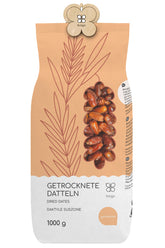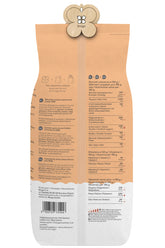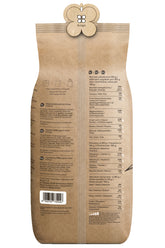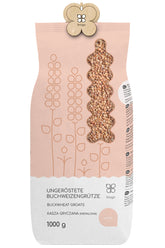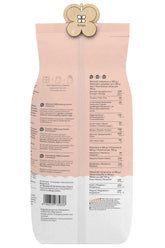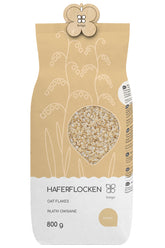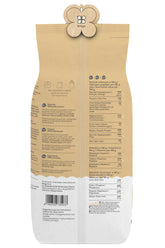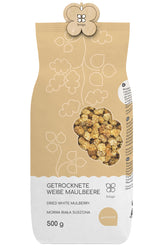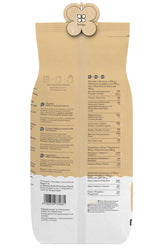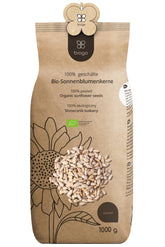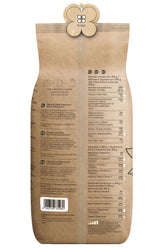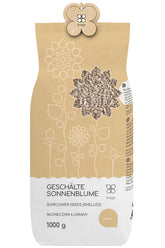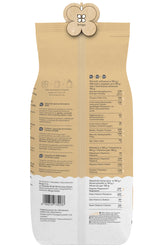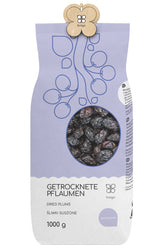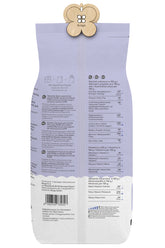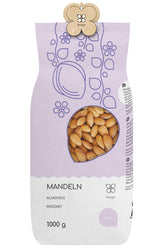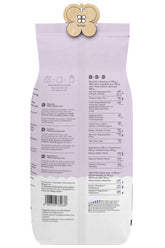Malachite green is a synthetic triphenylmethane dye used in a wide range of industries. This article provides an overview of the uses, toxicity, and legal regulations associated with malachite green.
The use of malachite green
Malachite green is a versatile dye used in various industries. Some of the main application areas are:
Textile and leather industry
Malachite green is frequently used as a dye for textiles, leather, and other materials. It provides an intense green coloration that is resistant to light and washing.
Paper industry
In paper production, malachite green serves as a dye and bleaching agent. It is used to give paper a greenish tint.
Food and cosmetics industry
Although malachite green is not approved as a food dye, it was occasionally used in food and cosmetics in the past. Today, however, its use in these areas is strictly regulated.
Aquaculture
Malachite green is used in aquaculture as a fungicide and parasiticide to treat fish diseases. However, its use is controversial due to its toxicity.
Scientific research
In research, malachite green serves as a dye for microscopic staining and as an indicator in chemical analyses.
The toxicity of malachite green
Malachite green is a potentially carcinogenic substance that can also cause other health problems. Some studies have shown that malachite green may be mutagenic, teratogenic, and genotoxic. It can lead to damage to the liver, kidneys, and nervous system.
Due to these risks, the use of malachite green in food, cosmetics, and other products that come into direct contact with humans is heavily restricted or banned. Its use in aquaculture is also controversial, as residues have been detected in fish meat.
Regulation and control of malachite green
To minimize the risks of malachite green, its handling is subject to strict legal regulations:
Food and cosmetics
In the European Union, the use of malachite green in food and cosmetics is prohibited. Similar regulations apply in many other countries worldwide.
Textiles and leather
For textiles and leather that come into contact with skin, there are limits for malachite green residues. Compliance is monitored through regular inspections.
Aquaculture
The use of malachite green in aquaculture is either banned or heavily restricted in many countries. Instead, alternative, less toxic treatment methods are increasingly being used.
Industrial applications
In industrial applications where malachite green does not come into direct contact with humans, its use is still permitted. However, employers must minimize employee exposure and comply with safety regulations.
Conclusion
Malachite green is a versatile but highly toxic dye used in numerous industries. Due to health risks, its handling is subject to strict legal regulations. In sensitive areas such as food, cosmetics, and aquaculture, its use is heavily restricted or banned. In other industries, worker exposure must be minimized. Overall, it is clear that handling malachite green requires careful control and monitoring to protect humans and the environment.

